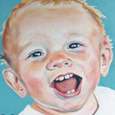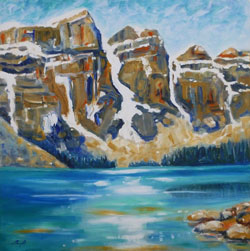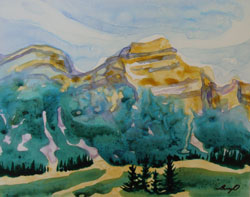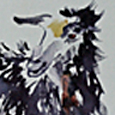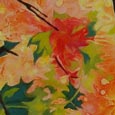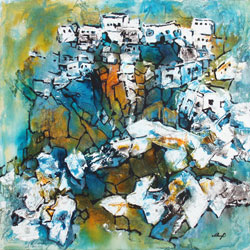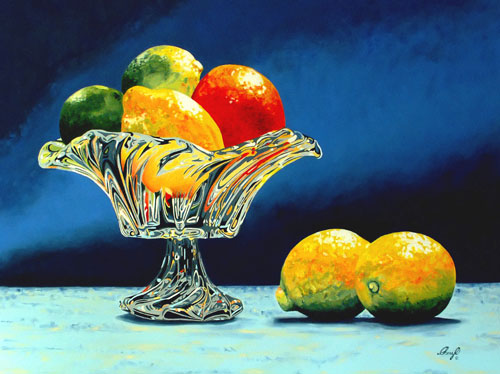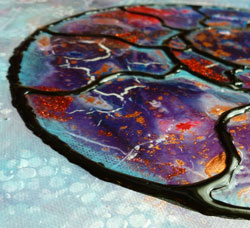
Dreaming of Italy!
As many of you know, my “Acrylic Paint Effects” video has been chosen as one of the 4 finalists in Winsor & Newton’s “Show Us What You Can Do With Acrylics and Mediums” competition. The grand prize is a trip to Italy, and the winner won’t be chosen until June. So yes, I’m dreaming – and why not? Dreaming is good for the soul.
A sincere thanks to each of you who viewed and rated my video. Voting is now closed. But if you haven’t already done so, you can still add a comment. Just click the link to view the video; then scroll down to post your comment. In June an artist assigned by Winsor & Newton will assess the 4 finalists’ videos, review feedback, and award the trip to one of us. Here’s hoping! I can always dream!
